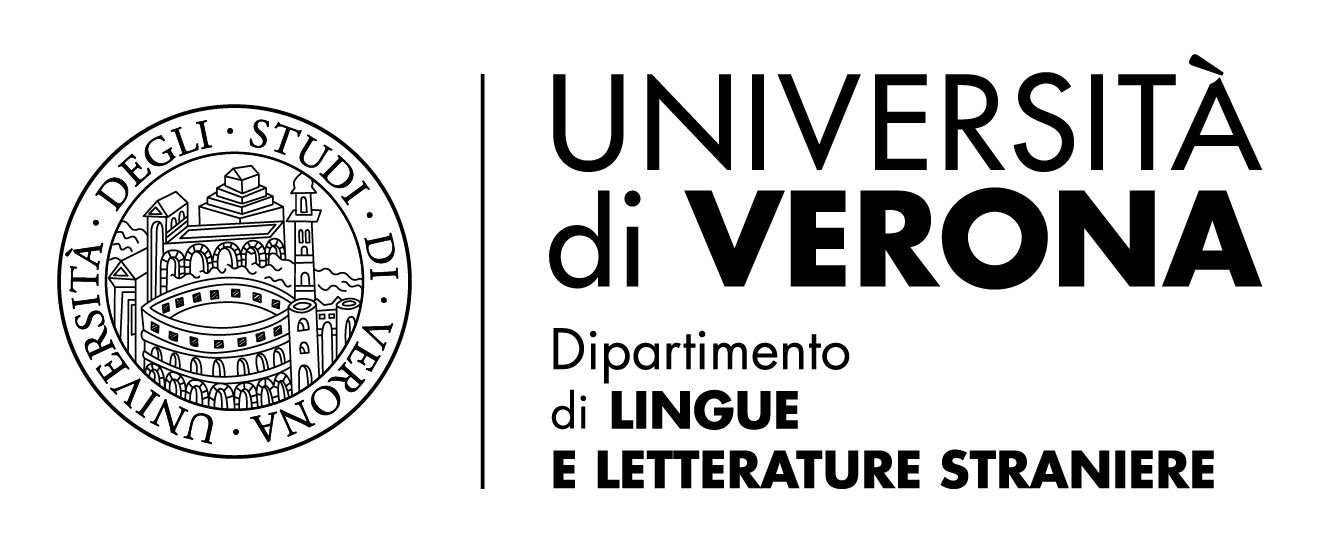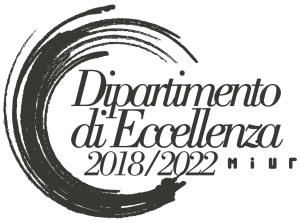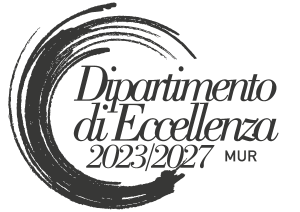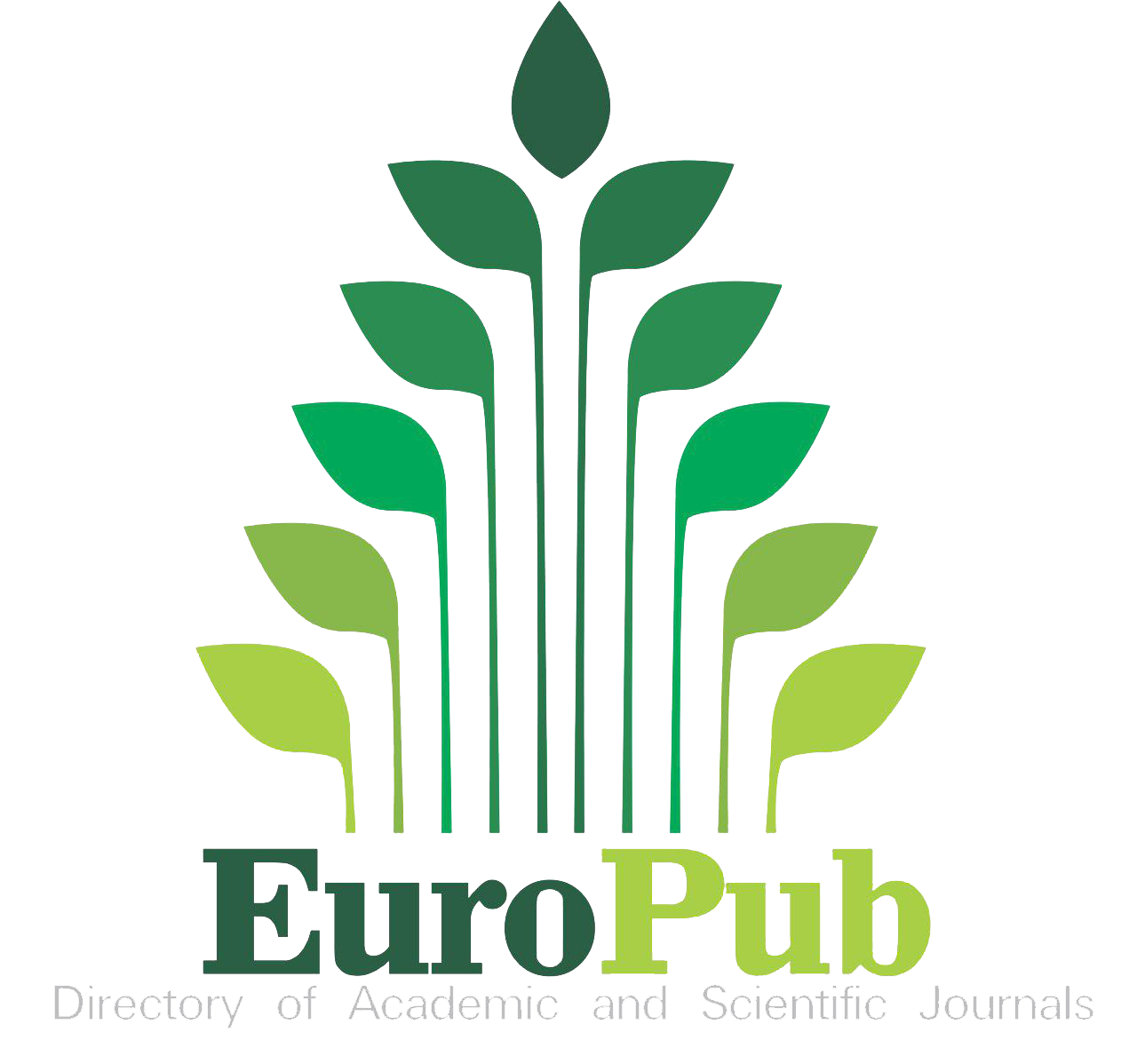The Eminent Victorian and the Philosopher
Canine Perspectives in Virginia Woolf’s “Flush: A Biography” and Italo Svevo’s “Argo e il suo padrone”
DOI:
https://doi.org/10.13136/2281-4582/2022.i20.1180Keywords:
Virginia Woolf, Italo Svevo, Dogs, Flush, Animal Studies, ZoopoeticsAbstract
This study investigates the representation of two literary dogs: Flush, the cocker spaniel protagonist of Virginia Woolf’s Flush. A Biography, and Argo, the protagonist and narrator of Italo Svevo’s novella Argo e il suo padrone. With the rise of the phenomenon of language skepticism around 1900, the topos of narrating dogs became of particular interest and both these works can be placed in the fashion of dog novels, but while Svevo, although with reversed roles, draws from the literary fashion of the philosopher dog, in which “canine narrators eloquently master the human language” (Driscoll and Hoffmann 2018), Woolf plays with the very British, and Victorian, tradition of ‘illustrious biographies’ and writes the biography of Elizabeth Barrett Browning’s cocker spaniel. By means of a zooanthropological reading of the two works, the article enquires whether the two writers try to resist anthropomorphic constructedness in the narration of their nonhuman characters and what kind of narrative device they enact to underline similarities and differences between humans and dogs. It will also try to understand if the underlying presumption of the two writers is that language is only ‘linguistic’ language, or if diverse and alternative, but equally valid, forms of communication and reciprocal understanding exist.
References
Banfield, Ann. The Phantom Table: Woolf, Fry, Russell and the Epistemology of Modernism. Cambridge: Cambridge University Press, 2000.
Bell, Quentin. Virginia Woolf: A Biography. New York: Harcourt, 1972.
Derrida, Jacques. “The Animal that Therefore I Am.” Critical Inquiry 28.2 (2002): 369-418.
Driscoll, Kári and Eva Hoffmann, edited by. What Is Zoopoetics?. London: Palgrave Macmillan, 2018. E-book.
Dubino, Jeanne. “Evolution, History, and Flush; or, the Origin of Spaniels.” Virginia Woolf and the Natural World. Edited by Kristin Czarnecki and Carrie Rohman. Liverpool Scholarship Online, 2011. 143-150.
Eberly, David. “Housebroken: The Domesticated Relations in Flush.” Virginia Woolf: Texts and Contexts. Edited by Beth Rigel Daugherty and Eileen Barrett. New York: Pace University Press, 1996. 21-25.
Faris, Wendy B. “Bloomsbury’s Beasts: The Presence of Animals in the Texts and Lives of Bloomsbury.” The Yearbook of English Studies 37.1 (2007): 107-125.
Ferraris, Denis. “La conscience d’Argo. Svevo au pays des chiens qui parlent.” Italie 10.1 (2006): 167-190.
Freud, Sigmund. Totem and Taboo: Some Points of Agreement Between the Mental Lives of Savages and Neurotics. Trans. James Strachey. London: Routledge, 1960.
Haraway, Donna J. When Species Meet. Minneapolis: University of Minnesota Press, 2008.
Heidegger, Martin. The Fundamental Concepts of Metaphysics. 1929-1930. Trans. William McNeill and William Walker. Bloomington: Indiana University Press, 1995.
Herman, David. “Modernist Life Writing and Nonhuman Lives: Ecologies of Experience in Virginia Woolf’s Flush.” MFS Modern Fiction Studies 59.3 (2013): 547-568.
Hovanec, Caroline. Animal Subjects: Vol. 1: Literature, Zoology, and British Modernism. Cambridge: Cambridge University Press, 2018.
Ittner, Jutta. “Part Spaniel, Part Canine Puzzle: Anthropomorphism in Woolf’s Flush and Auster’s Timbuktu.” Mosaic: An Interdisciplinary Critical Journal 39.4 (2006): 181-196.
Jacobs, Joela. “The Grammar of Zoopoetics. Human and Canine Language Play.” What is Zoopoetics? Texts, Bodies, Entanglement. Edited by Kàri Driscoll and Eva Hoffmann. New York: Palgrave Macmillan, 2018. 75-93.
Marchesini, Roberto. Pedagogia cinofila. Introduzione all’approccio cognitivo zooantropologico. Bologna: Alberto Perdisa Editore, 2007.
Miceli Jeffries, Giovanna. “Darwinismo, machiavellismo e ‘creative destruction’ nella rappresentazione del lavoro e degli affari in Svevo.” Annali d’Italianistica 32 (2014): 215-234.
Morgan, Conwy Lloyd. Animal Life and Intelligence. London: Edward Arnold, 1891.
Morton, Timothy. Ecology Without Nature: Rethinking Environmental Aesthetics. Cambridge, MA: Harvard University Press, 2007.
Panazza, Sara. “Zoomorfismi dell’anima. Epifanie di decentramento in Argo e il suo padrone di Italo Svevo.” Paragrafo 3 (2007): 157-174.
Russell, Bertrand. “The Analysis of Matter.” Collected Papers of Bertrand Russell, Vol. 6, Logical and Philosophical Papers 1909-13. Edited by John G. Slater with the assistance of Bernd Frohmann. London: Routledge, 1992a.
---, “The Analysis of Mind.” Collected Papers of Bertrand Russell, Vol. 6, Logical and Philosophical Papers 1909-13. Edited by John G. Slater with the assistance of Bernd Frohmann. London: Routledge, 1992b.
Ryan, Derek. Animal Theory: A Critical Introduction. Edinburgh: Edinburgh University Press, 2015.
---. Virginia Woolf and the Materiality of Theory: Sex, Animal, Life. Edinburgh: Edinburgh University Press, 2013.
---. “Was it Flush, or was it Pan? Virginia Woolf, Ethel Smyth, and Canine Biography.” Reading Literary Animals: Medieval to Modern. Edited by Karen L. Edwards, Derek Ryan and Jane Spencer. New York: Routledge, 2020. 264-281.
Simon, Anne. “Place aux bêtes! Oikos et animalité en littérature.” L’analisi linguistica e letteraria 2 (2016): 73-80.
Smith, Craig. “Across the Widest Gulf: Nonhuman Subjectivity in Virginia Woolf’s Flush.” Twentieth-Century Literature 48.3 (2002): 348-361.
Svevo, Italo. “Argo e il suo padrone.” 1934. Racconti sperimentali e fantastici. Villaricca: Cento Autori, 2019: 147-186.
---. Tutte le opere. Edited by Mario Lavagetto. Milan: Mondadori, 2004.
Tonutti, Sabrina. “Zooantropologia.” Abbecedario del Postumanismo. Edited by Elisa Baioni, Lidia María Cuadrado Payeras and Manuela Macelloni. Milan: Mimesis, 2021. 402-403.
Trumler, Eberhard. Mitt dem Hund und du. Munchen: Piper, 1971.
Washburn, Margaret. The Animal Mind: A Text-Book of Comparative Psychology. New York: Macmillan, 1908. https://openlibrary.org/books/OL7179083M/The_animal_mind. Last visited 14/03/2022.
Watt, Ian. Conrad in the Nineteenth Century. London: Chatto & Windus, 1981.
Wolfe, Cary. “Human, All Too Human: ‘Animal Studies’ and the Humanities.” PMLA 124.2 (2009): 564-575.
---. “What ‘the Animal’ Can Teach ‘the Anthropocene.’” Angelaki. Journal of the Theoretical Humanities 25.3 (2020): 131-145.
Woolf, Virginia. Flush: A Biography. 1933. Hastings: Delphi Classics, 2017. Ebook.
---. The Diary of Virginia Woolf. Vol. 5, 1936-1941. New York: Harcourt Brace, 1985.
---. The Letters of Virginia Woolf. Vol. 5. Edited by Nigel Nicolson and Joanne Trautmann. New York: Harcourt, 1979.
---. To the Lighthouse. Annotated and with an introduction by Mark Hussey. New York: Harcourt, 2005.
Wright, Kate. “Becoming-With. Living Lexicon for the Environmental Humanities.” Environmental Humanities 5 (2014): 277-281.
Ziolkowski, Saskia Elizabeth. “Svevo’s Dogs: Kafka and the Importance of Svevo’s Animals.” Italo Svevo and His Legacy for the Third Millennium. Vol. 2. Edited by Giuseppe Stellardi and Emanuela Tandello Cooper. Leicester: Troubador, 2014. 58-71.
Downloads
Published
Issue
Section
License
Copyright (c) 2022 Elisa Bolchi

This work is licensed under a Creative Commons Attribution-NonCommercial 4.0 International License.
Iperstoria is an Open Access journal.
- Authors retain copyright and grant the journal right of first publication with the work simultaneously licensed under a Creative Commons Attribution 4.0 BY License that allows others to share the work with an acknowledgement of the work's authorship and initial publication in this journal.
- Authors are able to enter into separate, additional contractual arrangements for the non-exclusive distribution of the journal's published version of their work (e.g., post it to an institutional repository or publish it in a book), with an acknowledgement of its initial publication in this journal. We kindly ask authors to inform us of any instances of re-publication.







